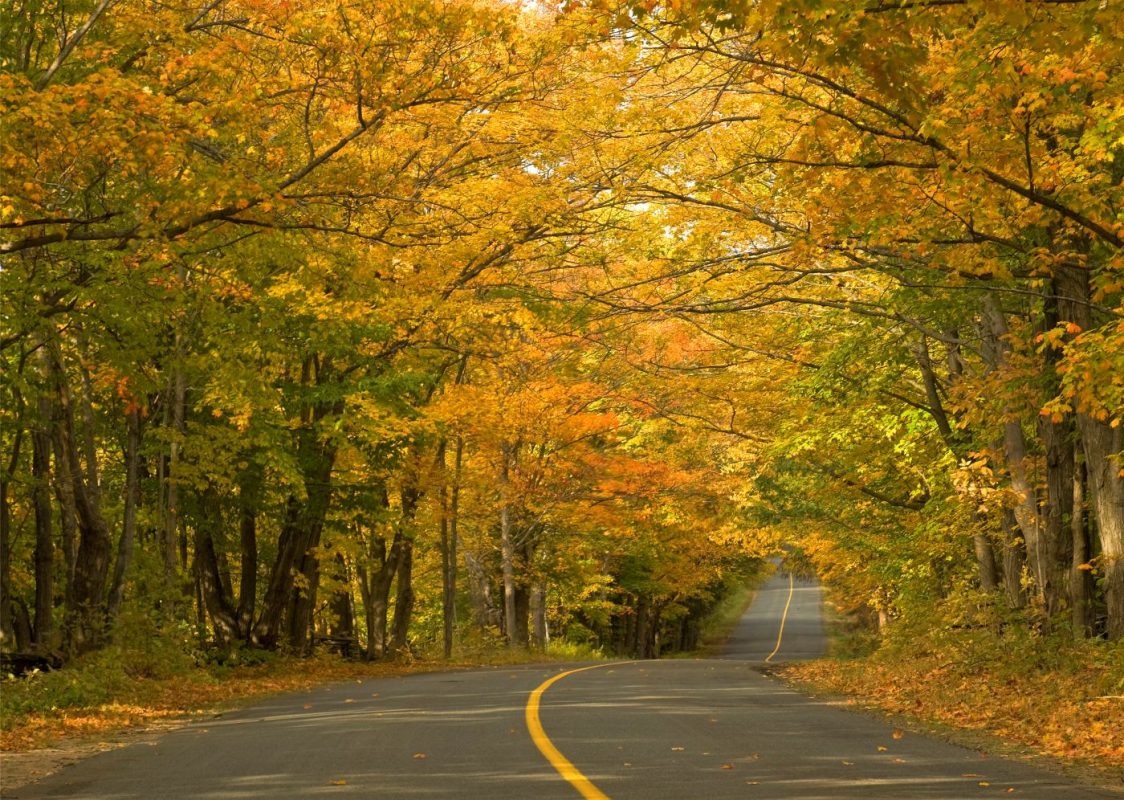Homeostasis and Climate Change
By Geoff Ross | November 1, 2025

Homeostasis is a big word. In simple terms, it refers to a condition where stability is maintained in the face of a changing environment.
In humans and other mammals, it refers to keeping things such as body temperature and blood pressure within the ranges necessary for life. Without homeostasis for thousands of aspects of bodily function, we die. We stay alive by our bodies maintaining a balance between forces that push our bodies toward too little or too much of a myriad of critical things. We see homeostasis in virtually all living things and across entire ecosystems.
Consider, for example, the things the human body does to maintain its core temperature very close to 37 degrees C. Exposure to cold temperature causes our muscles to become more active, seen as shivering, which produces more internal heat. Blood flow to the skin is reduced to avoid loss of heat. Exposure to heat causes our skin to release sweat that cools us by evaporating. Blood flow to the skin is increased to increase the loss of heat.
If it gets too cold for these mechanisms to keep us warm, humans have learned to wrap themselves in materials that help to retain heat sufficiently to survive. But surviving in extreme heat is a more challenging problem. The mechanisms a mammalian body uses to keep cool rapidly become overwhelmed in extreme heat, and air conditioning systems are both energy intensive and expensive, and so not likely a solution for the majority of humans.
Rising temperatures due to climate change rapidly become a lethal problem for large numbers of species, including humans. You have likely seen reports on the increasing numbers of human deaths (estimated at up to 500,000 per year globally) that are occurring each year due to heat waves around the world, including in Canada. This is just one of a myriad of examples of how climate change is making it difficult or impossible to maintain homeostasis for a wide range of living things, including plants and animals. The outcome, ultimately, is death on a large scale.
So what do we do if we want a warmer climate to be less damaging?
The simplest, least costly, and most widely applicable near-term solution throughout the world is likely expressed in just three words: more green plants.
Green plants cool by absorbing massive amounts of solar energy, converting excess CO2 to food and biomass, cooling spaces by transpiring water and providing shade, retaining water, stabilizing soils, providing building materials, providing habitat for a vast range of creatures etc. Areas of the earth once cool, moist, farmed and forested have become deserts due to excessive tree cutting and poor agricultural practices. These deserts amplify the problem of climate change.
As our climate warms to temperatures not experienced in all of recorded history, more green plants offer a chance to accomplish two critical goals: slow the increase in CO2 levels and help to maintain temperatures in the range that our mechanisms for homeostasis can deal with.
A “more green plants” strategy has at least two key components: 1) accelerate the planting of more heat-tolerant species of trees in every possible environment, including recreational properties, vacant land, clear-cut areas, and notably cities, where their shade is critical; and 2) halt and reverse the transformation of green spaces, notably forests, into houses, cities, roads and inappropriate forms of agriculture. For Muskoka, this means increasing the intensity of housing in cities instead of expanding municipal boundaries, and directing population growth to these areas instead of to suburban and rural development. Note that these measures will reduce the need for new roads.
Best of all, everyone in Muskoka can contribute to this process and the extra trees will have many benefits beyond their provision of cool shade.

This article is No. 20 in the current series from Muskoka Watershed Council on Living Smarter in Muskoka. The author is Geoff Ross, MWC Member and former Chair. After a career dealing with pollution from various industrial sectors, Geoff much prefers paddling and singing in Muskoka. The series is edited by Peter Sale, Director, MWC.
First published by MuskokaRegion.com
